
ALS Ice Bucket Challenge Progress

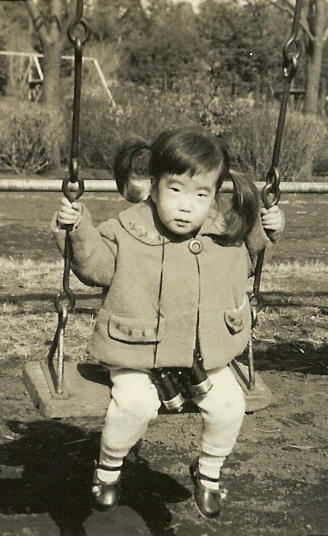
Good actions give strength to ourselves and inspire good actions in others. -Plato
December 10, 2009
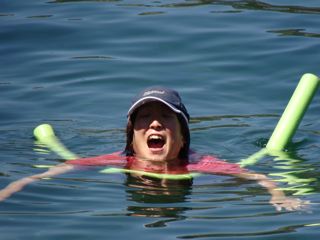
Born and raised in Tokyo, Japan, Juri was given a early taste of the importance of adaptability at an early age. At age 12, she abruptly switched from Japanese public school (where she only knew how to speak Japanese), to an international Catholic school, where English was the main language of instruction.
"I remember the first day of school, when I was thrown into this completely foreign environment where I did not understand a word that was being spoken to me," she remembers.
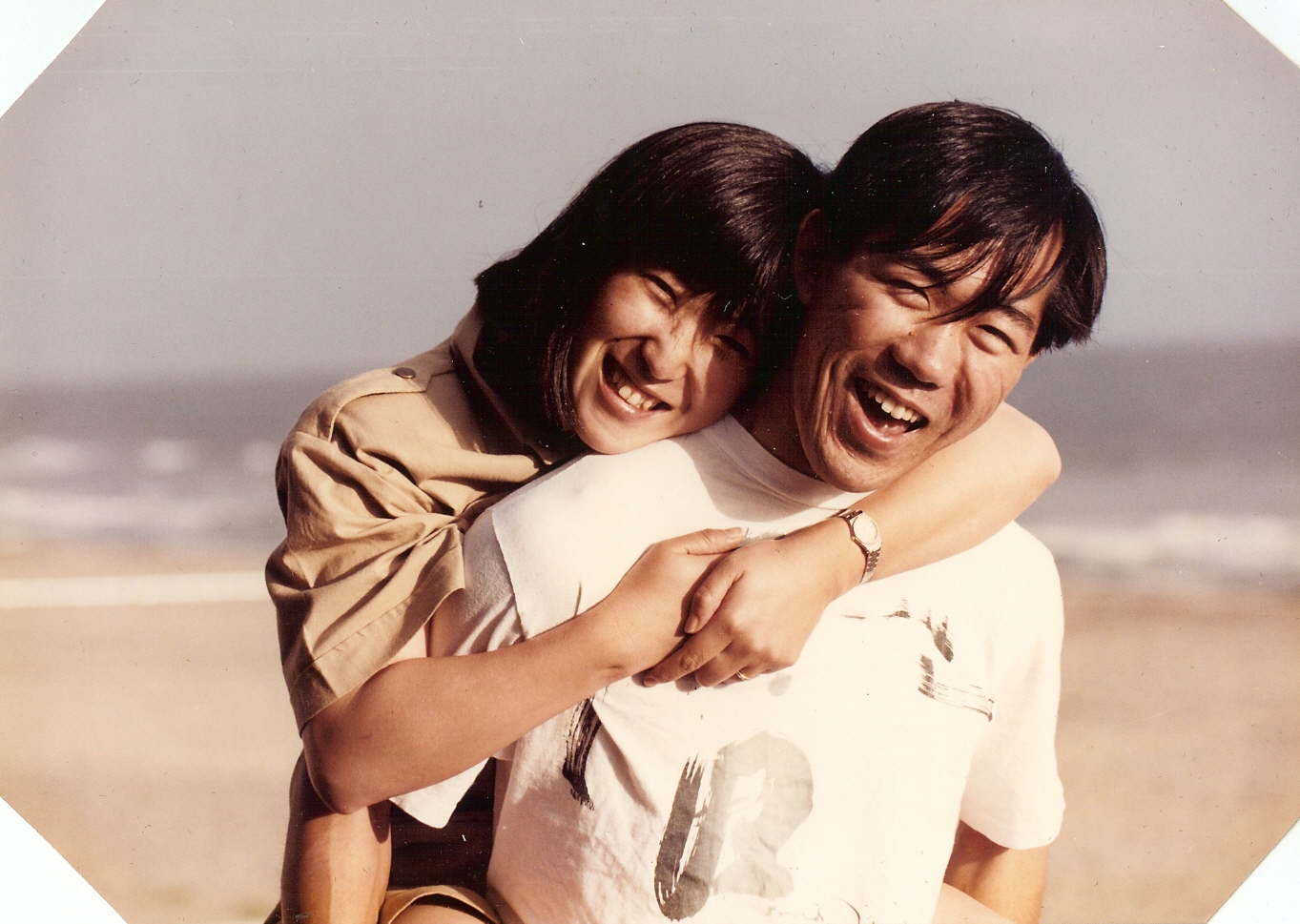
"However, here at this unique setting, I was able to cultivate respect and appreciation for the different lives and cultures of people from all over the world. I also remember vividly how hard I had to work to make up for 12 years of inherent language gap. It was a challenge."
As a young child, she showed a propensity to always want to serve and help others. "I took buses and trains all over Tokyo on my weekends to volunteer at an orphanage, senior homes, and for children with physical and mental challenges."
She came to the United States in 1981 as a foreign student at UCSD, where she studied Chinese language and music performance as a minor and Cognitive Science (with emphasis on computer science) as a major. After graduating, she returned to Japan to complete her bilingual education at an evening vocational school, training to become a simultaneous interpreter.
"This was again a very unique school where you could only pass the class if you could spit out Japanese from your mouth while reading Time and Newsweek magazines in English with your eyes," said Juri.
"The training also went the other way where you take a Nikei newspaper in Japanese and interpret that into English."
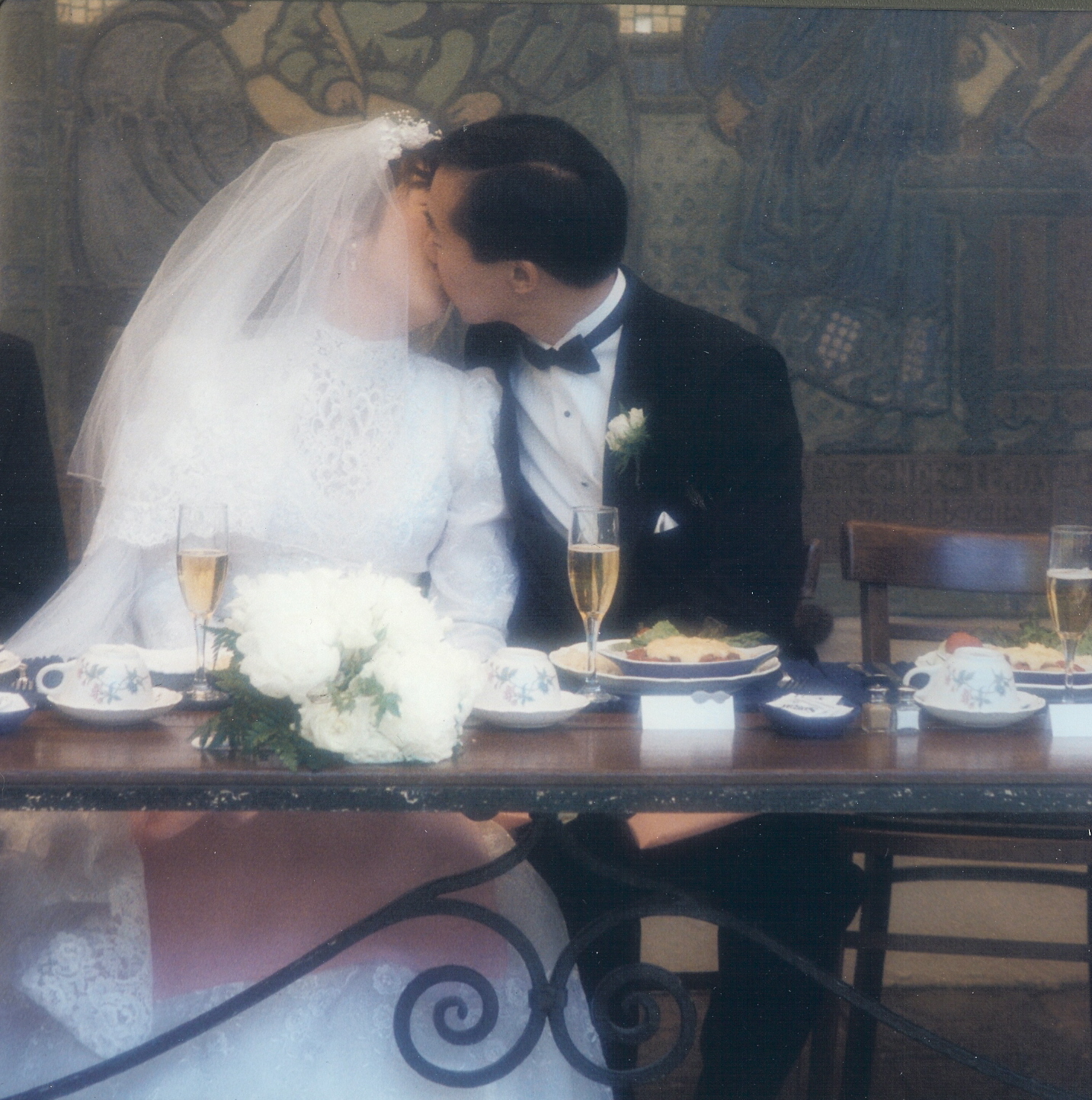
She returned to the United States and met Ken Kameda on a blind date in 1989. They dated each other while going to Kendo practices (Japanese style fencing).
"When we could no longer keep a straight face, going against each other and bursting into laughter, we knew we were in love." said Juri.
They were married in May of 1990. Their son Hideyo was born in 1991. They then welcomed another son, Koji, in 1993.
For most of her adult life, she worked in many diverse positions including as a language interpreter, a reporter for a Japanese computer magazine, as well as a software developer consultant for Silicon Valley companies such as Adobe Systems, Microsoft, and Apple.
"My specialty was developing computer typefaces for Japanese fonts which contain about 8000 kanji characters as opposed to 26 letters in English.
"I always seem to like the bigger challenges that had to do with enormous problem solving exercises."
But, it was a frightening life experience that changed Juri's career path.
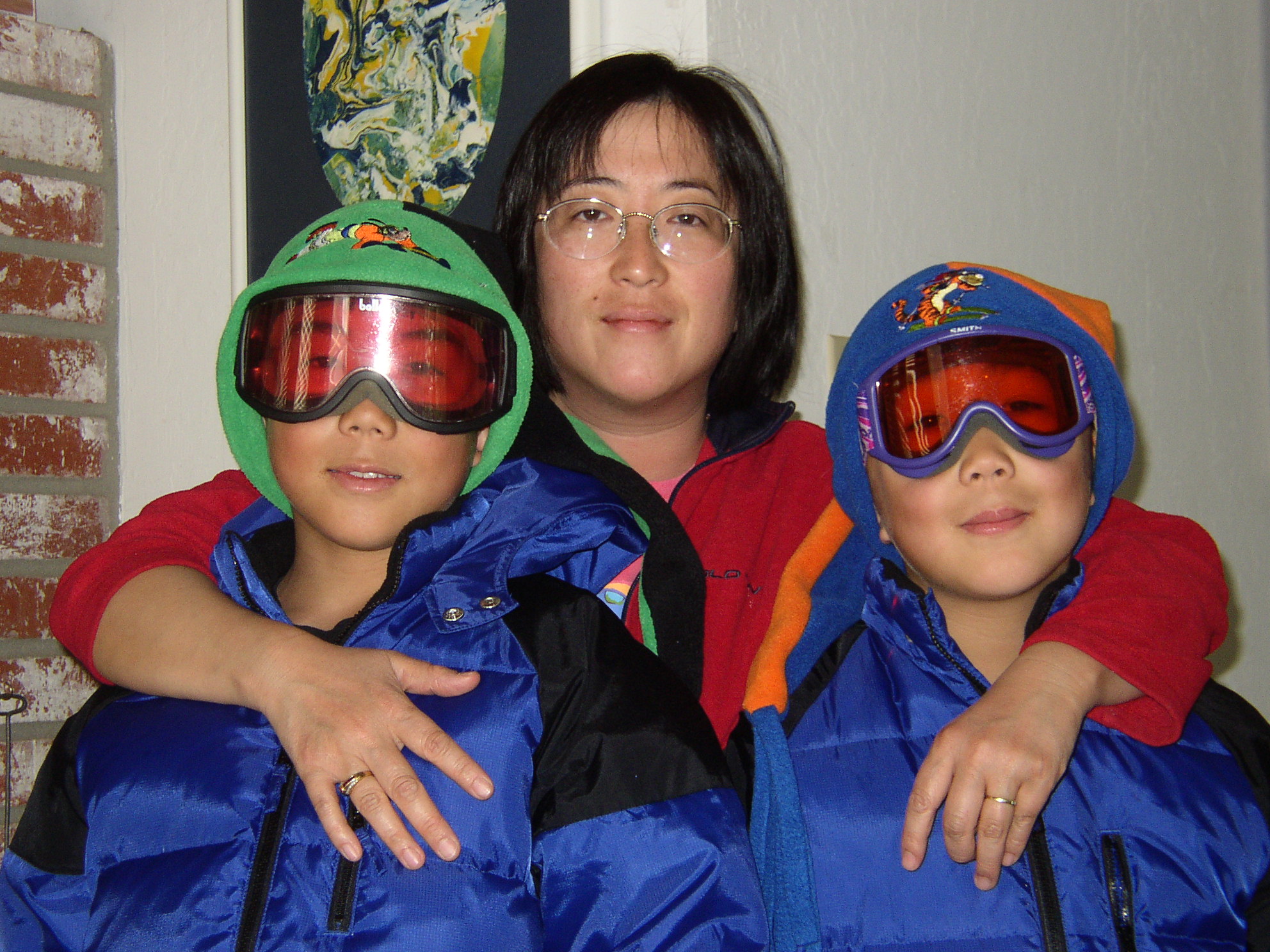
"My younger son, Koji, was born apnic and 7 weeks premature, needing ventilator support for the first couple of weeks of his life," Juri shared.
"Soon after his birth, my older son Hideyo, developed severe asthma where he would turn blue. I would often have to dial 911 and would then be frequenting the ER. Eventually both of my sons developed asthma.
"I realized that I had so much experience caring and learning to manage my son’s asthmatic episodes.
"I thought that it would be more rewarding to be able to help other people as a healthcare professional than developing a piece of software behind a computer screen.
"I wanted to provide services that would directly impact and improve the quality of people’s lives."
In 2002 at age 40, she decided to hit the books along side her boys (then ages 8 and 10) and went back to school to become an Respiratory Therapist.
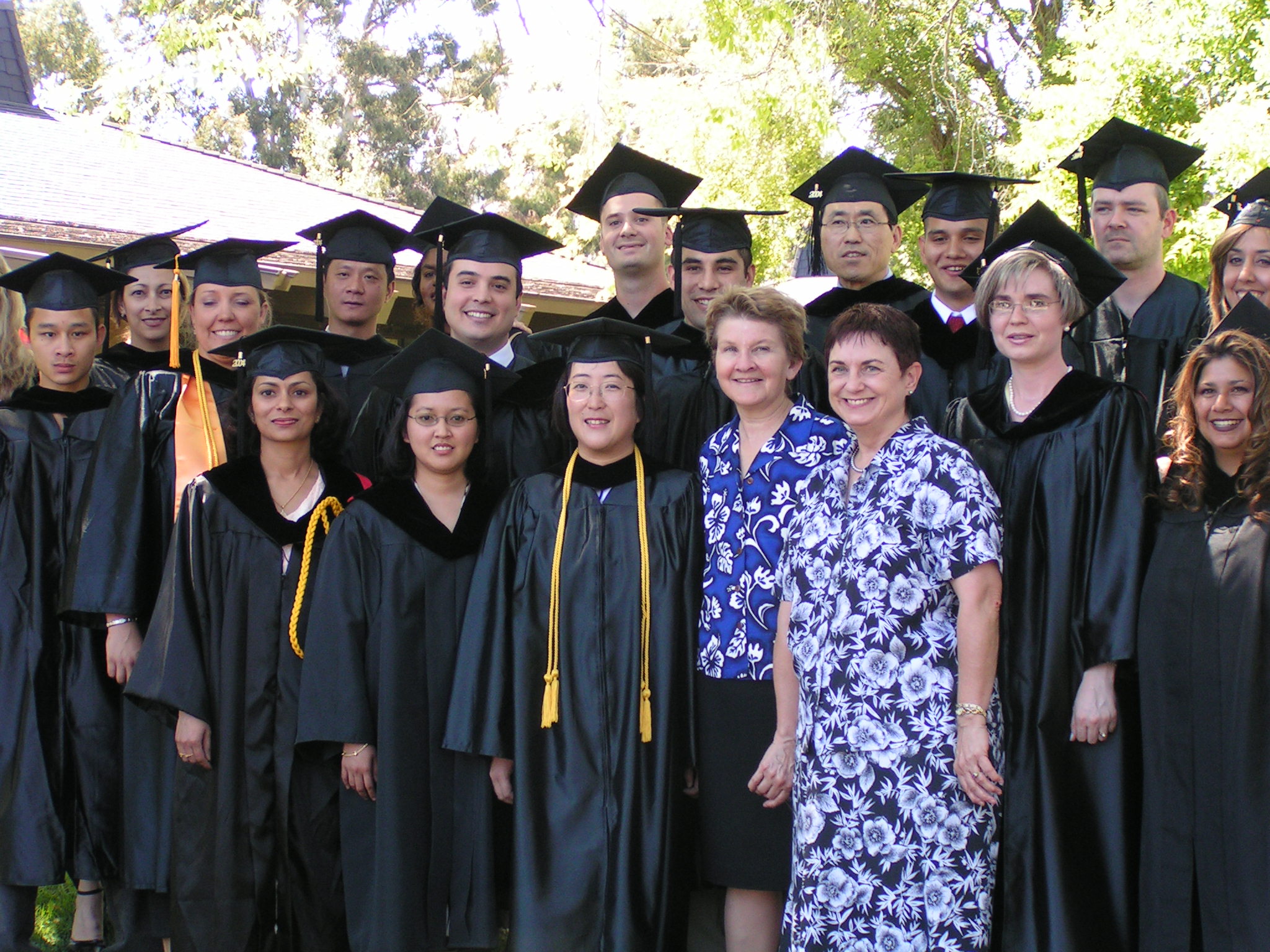
In June of 2004, she successfully graduated from Foothill College Respiratory Therapy program with honors and also was the oldest female to be graduating that year.
Unfortunately, her new career would be short-lived.
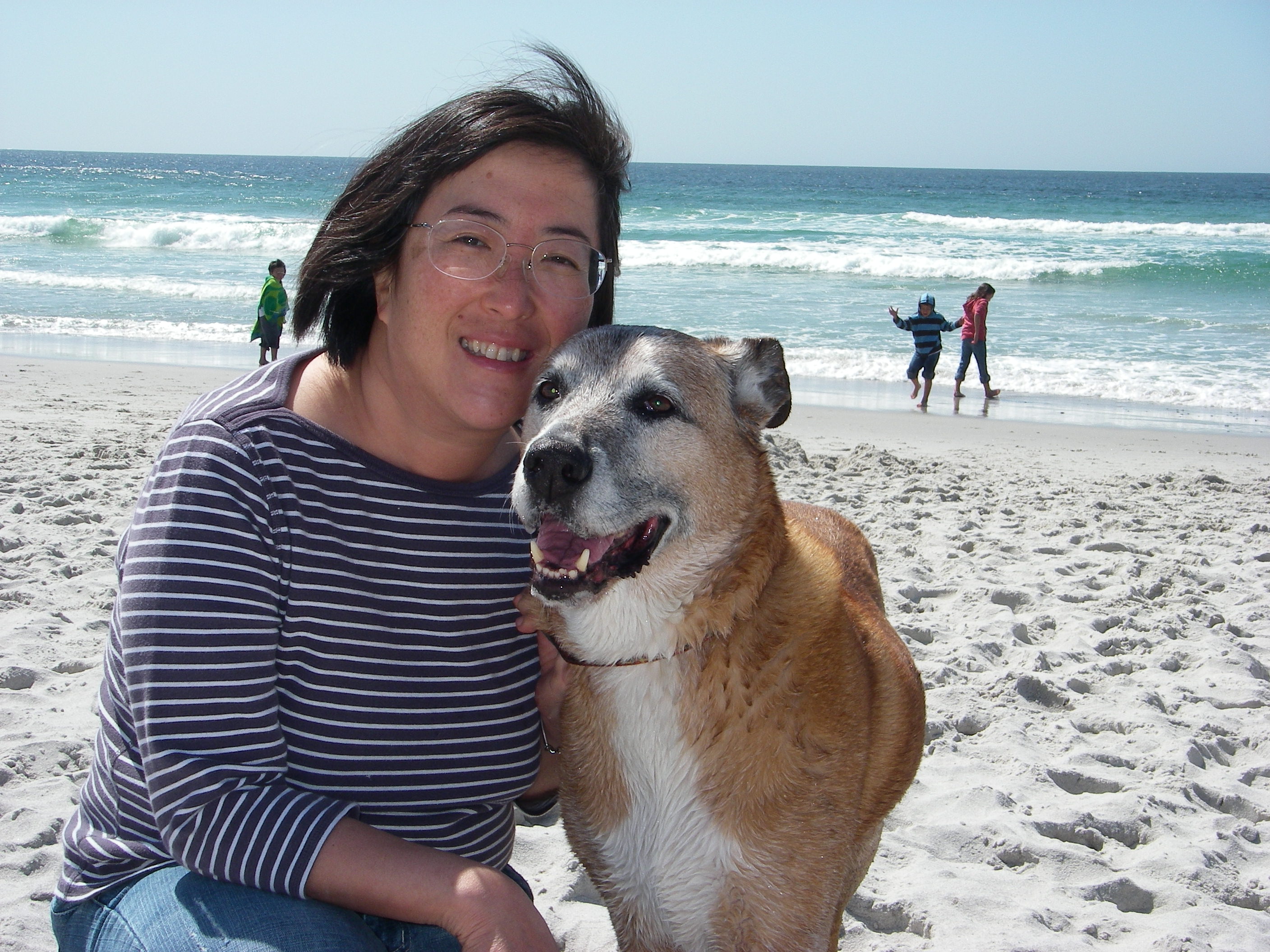
In hindsight, her first symptoms of mild weakness likely started around the same time that she had returned to school.
"I had a reduction in my right hand grip, began experiencing difficulties opening a jar, and feeling a bit strange with objects slipping through my hand," recalls Juri.
She began working at Stanford University Hospital on the adult general floor, ICU and ER. Eventually, helping nurses reposition adult patients was getting too hard for her. Not knowing what was really going on with herself physically, in April of 2005, she switched to working part time at Lucile Packard Children’s Hospital while working full time at a long term residential care facility called Children's Recovery Center, in Campbell which cared for infants and young children with life threatening complex medical needs. "Ninety percent of the kids there had been on a life support system where the portable ventilators were assisting them to breathe and to live," said Juri.
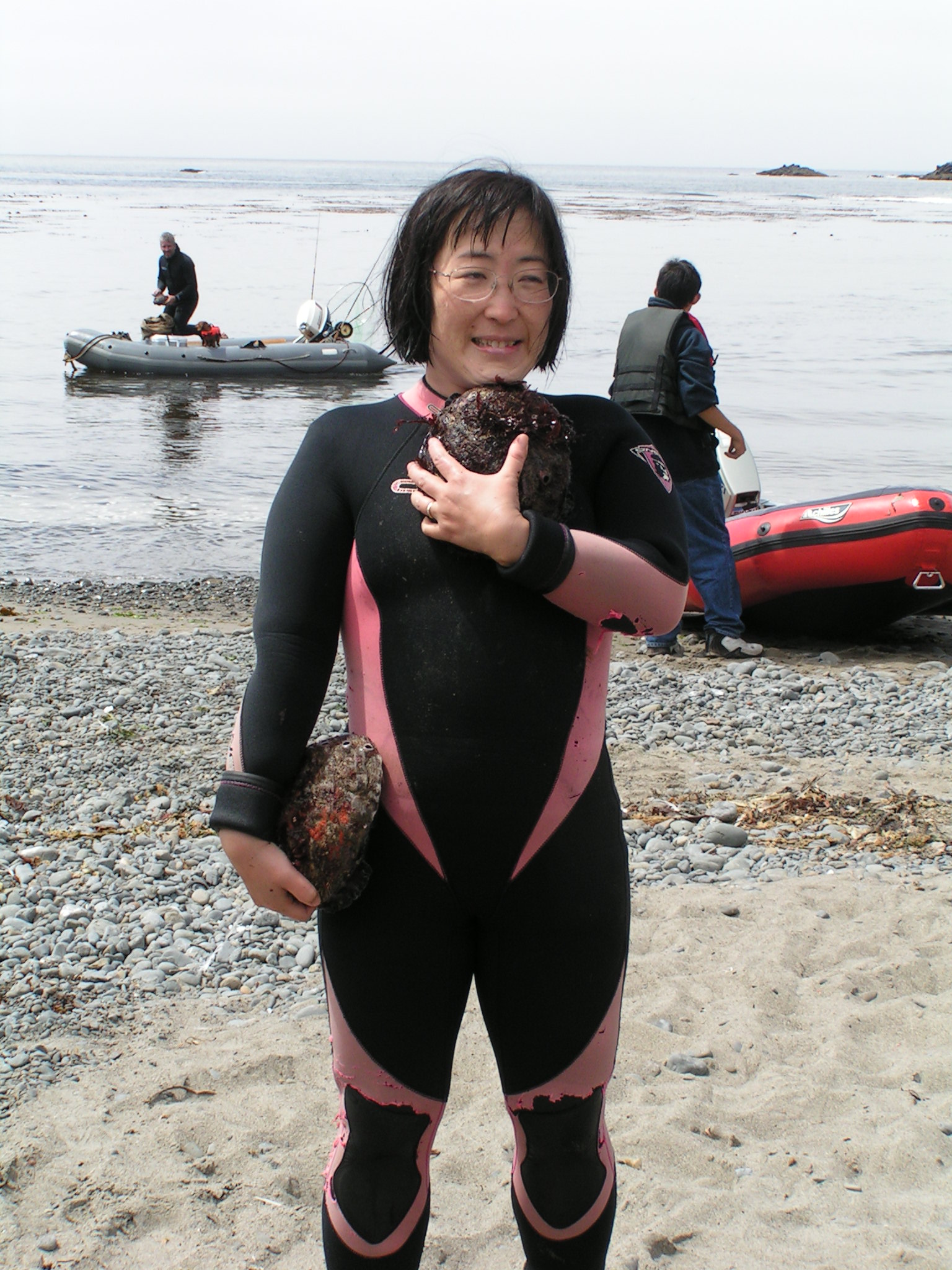
"My local neurologist suggested that I start a physical therapy regimen since I may have carpal tunnel syndrome. By around the summer of 2005 (after suffering from a rotator cuff injury to my right shoulder while helping move a patient) I decided to have surgery. Almost right after the surgery my symptoms worsened. What had started as right hand weaknesses eventually spread to both arms, neck, torso, and finally affected my breathing muscles."
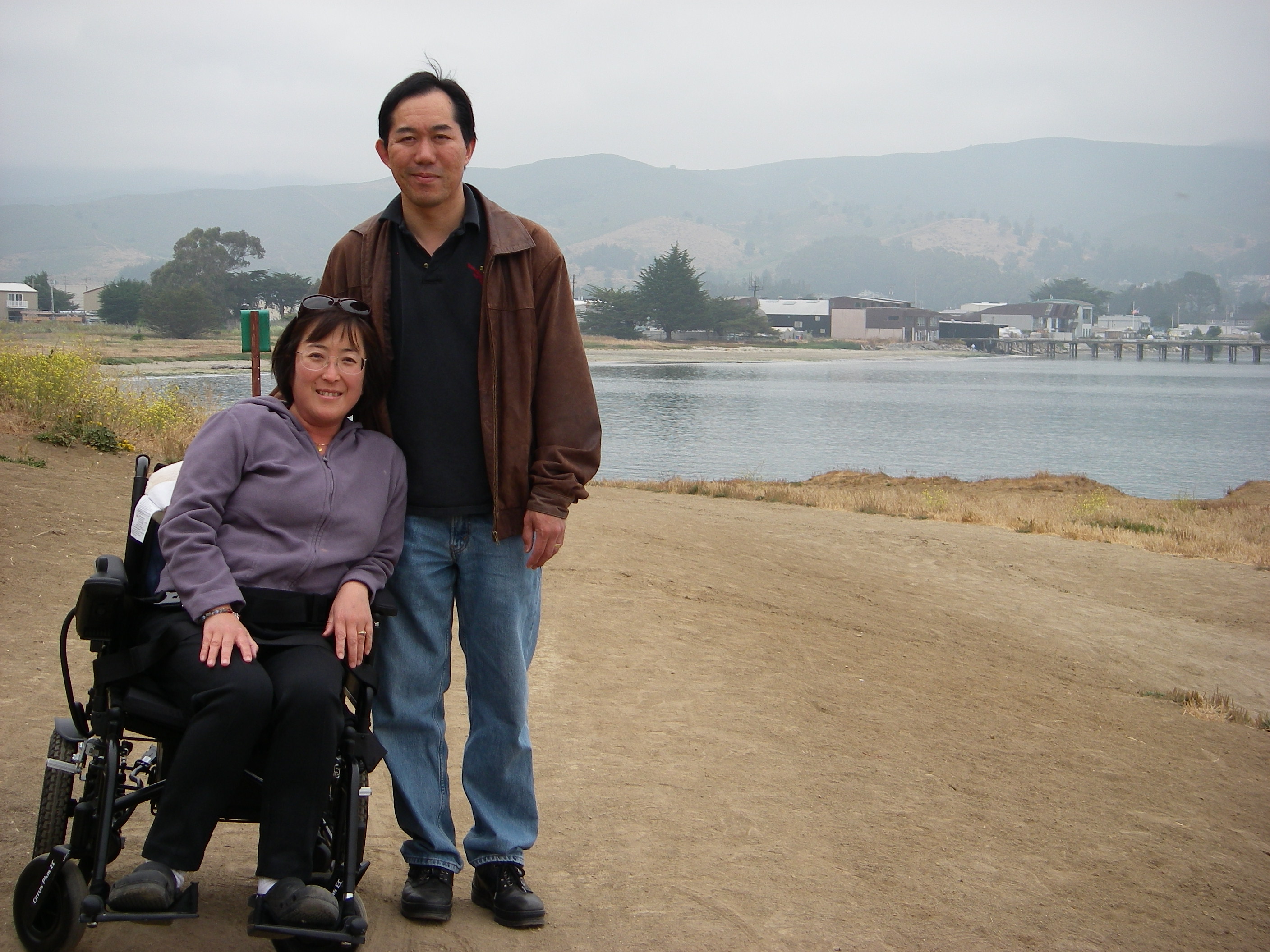
By January of 2006, she was diagnosed at the ALS Center at UCSF with a variant form of ALS called Progressive Muscular Atrophy (PMA) which is a slower progressive form of ALS. "Technically I have a lower motor neuron onset leading to severe wasting and weakness in the muscles with losses of reflexes in the affected areas. PMA can also progress to a more aggressive form of ALS.
"It's unfortunate that my Mom got this disease. There is a lot more work and things that have to be taken care of," said her son Koji.
"It seems that it's much harder for Ken to express his feelings about my diagnosis into words," Juri said.
Ironically, what Juri experienced working in the field as a Respiratory Therapist for only about a year and a half with patients gave her a unique glimpse of what it is to live fully and actively with serious respiratory challenges.
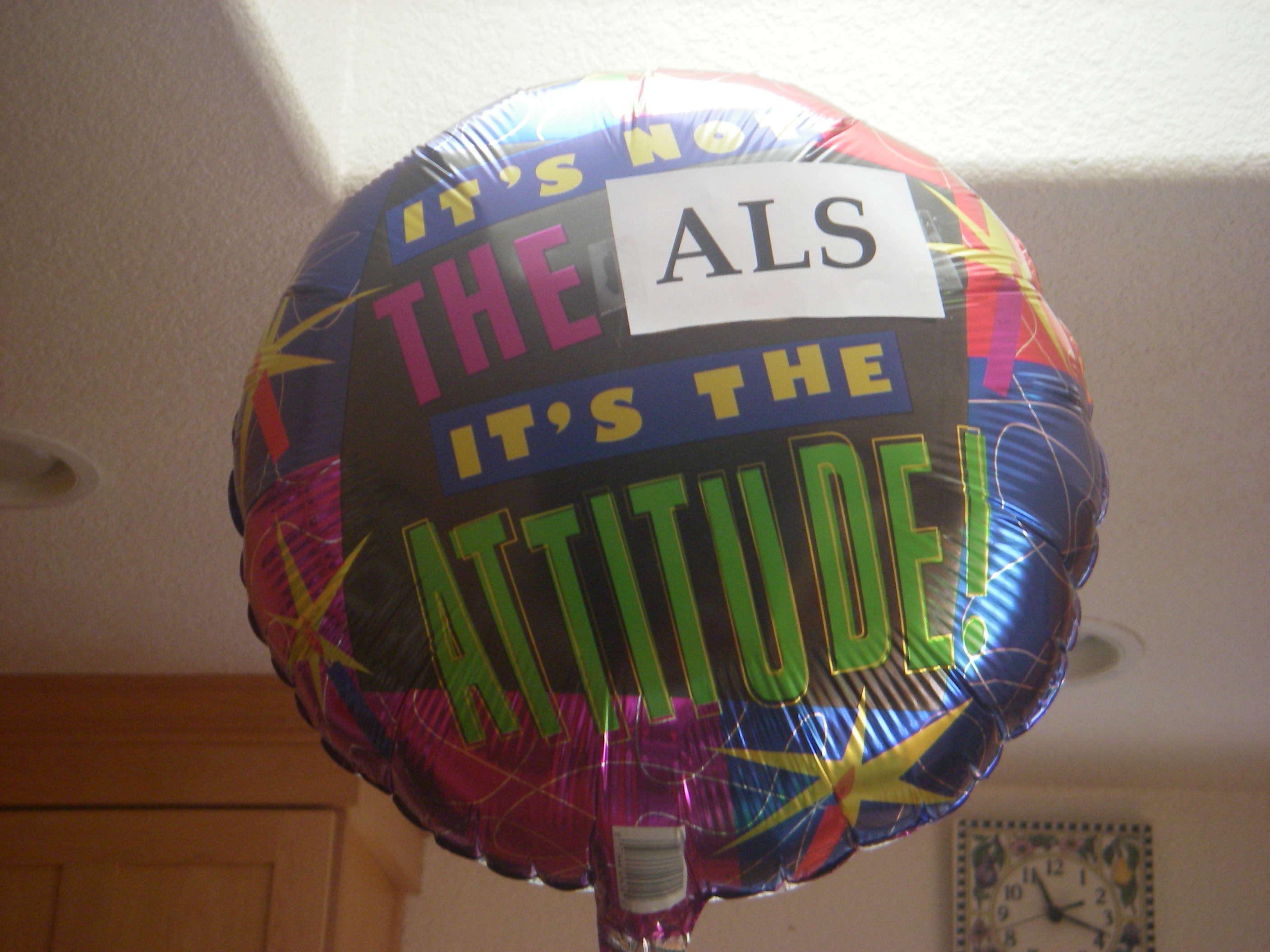
"In retrospect, all of the patients who have crossed my path, both big and small, have taught me a life’s important lesson on having the courage and perseverance to press on with my life."
Though no longer able to work in the field, she was able to publish a pamphlet on Bi-level breathing therapy for ALS patients through ALS Association (ALSA), with the help of another respiratory therapist at UCSF. She also showed courage to speak at Greater Bay Area Chapter sponsored support groups about the benefits of this therapy. "As a result of the experience, I myself started going to San Jose support group ever since. It has been indispensable to me for living well with ALS."
"The support group is a safe place where you can ask anybody anything about ALS. One of the support group members has twenty years of experience living with ALS, and I look up to her."
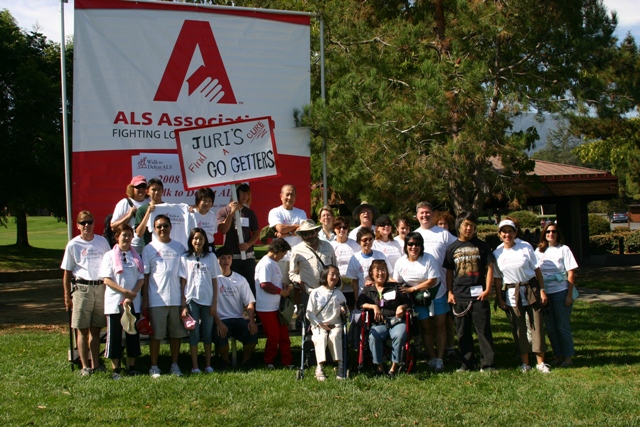
"I also look forward to professionals that our Regional Care Manager invites to speak geared specifically for ALS. We have had Occupational Therapists, Speech Therapist, Respiratory Therapist, mobility van specialist, adaptive home remodeling specialist, etc."
"Ken has gone to support group with me. He is an active participant pitching in to help other caregivers with his own experience."
Her team, Juri's Go Getters, gathered for the 2008 South Bay Walk to Defeat ALS to show solidarity in their desire to conquer this disease, and to show others that they are not alone in this fight.
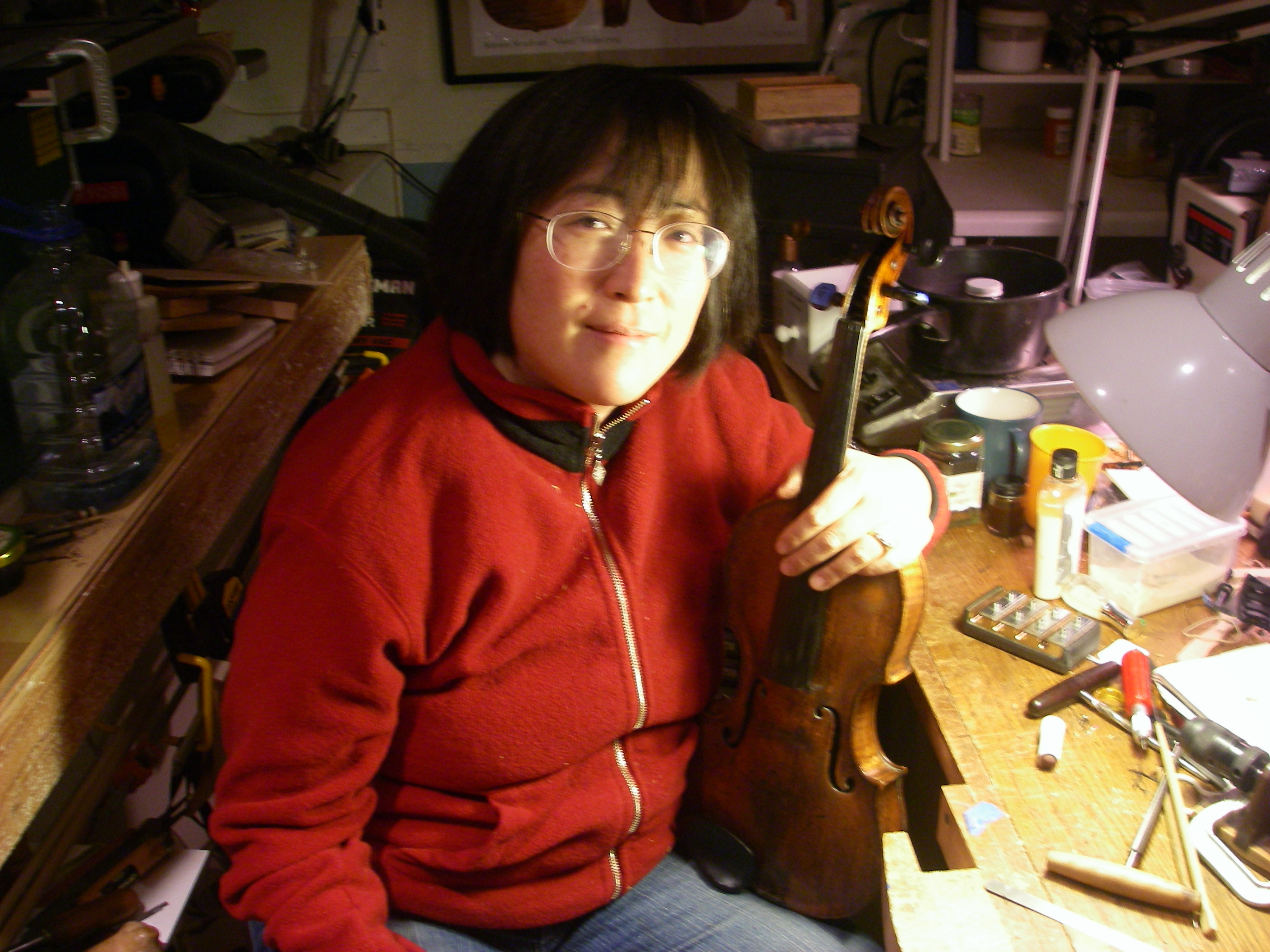
In 2009, she decided on a new and perhaps the most challenging career in her life: advocating for people with ALS and spreading awareness of this disease. Juri and Ken both decided to continue their commitment by participating in Advocacy efforts from Sacramento to Washington DC.
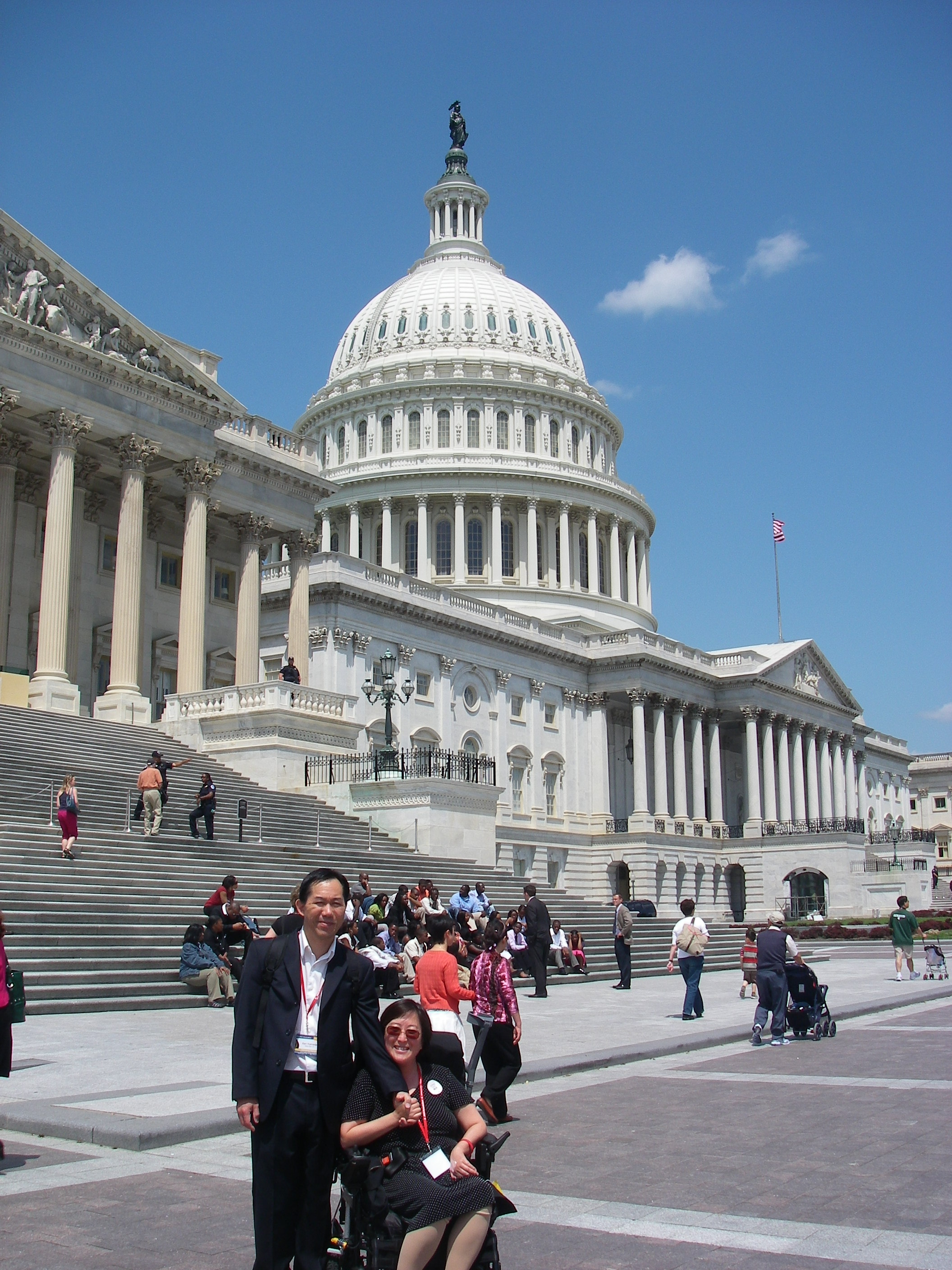
"I have been able to talk directly with members of the House of Representatives and Senate People suffering with ALS do not have much time. We need more funding for research to find a cure now."
It is a bittersweet opportunity for Juri and Ken to work together today. "When I married Ken, my sweetheart and my soul mate, we had this favorite card that read, “Grow old along we me, the best is yet to be," (Robert Browning).
"My biggest regret for having this disease is not being able to be as adequate of a mother or a wife that I could have been. I hope there will be a cure for ALS very soon. I already miss things that we are no longer able to enjoy doing together, but if someone asked me now, what makes me keep on going, I would say to them that it is my husband’s loving and caring." heart for me and my love for him that makes me want to keep on going."
"I consider myself lucky to be able share my experiences with others battling this disease, in particular with regards to the use of non-Invasive ventilator machine. Using my breathing machine for 3.5+ years on a regular basis, I believe, has truly allowed me to maintain a good energy level, improve my quality of life, and possibly extend my life by a few years..."
"I now have a hard time with daily living activities such as bathing, clothing, and feeding myself, as well as walking without leg cramps. The list goes on and on..."
"Fortunately, I seem to have more friends that care for me than I did when I was healthy working 50+ hours. I also have a greater appreciation of life. What makes life enriching and beautiful is not necessarily the quantity of time here on earth, but quality of time spent in relationships with people that are important to you."
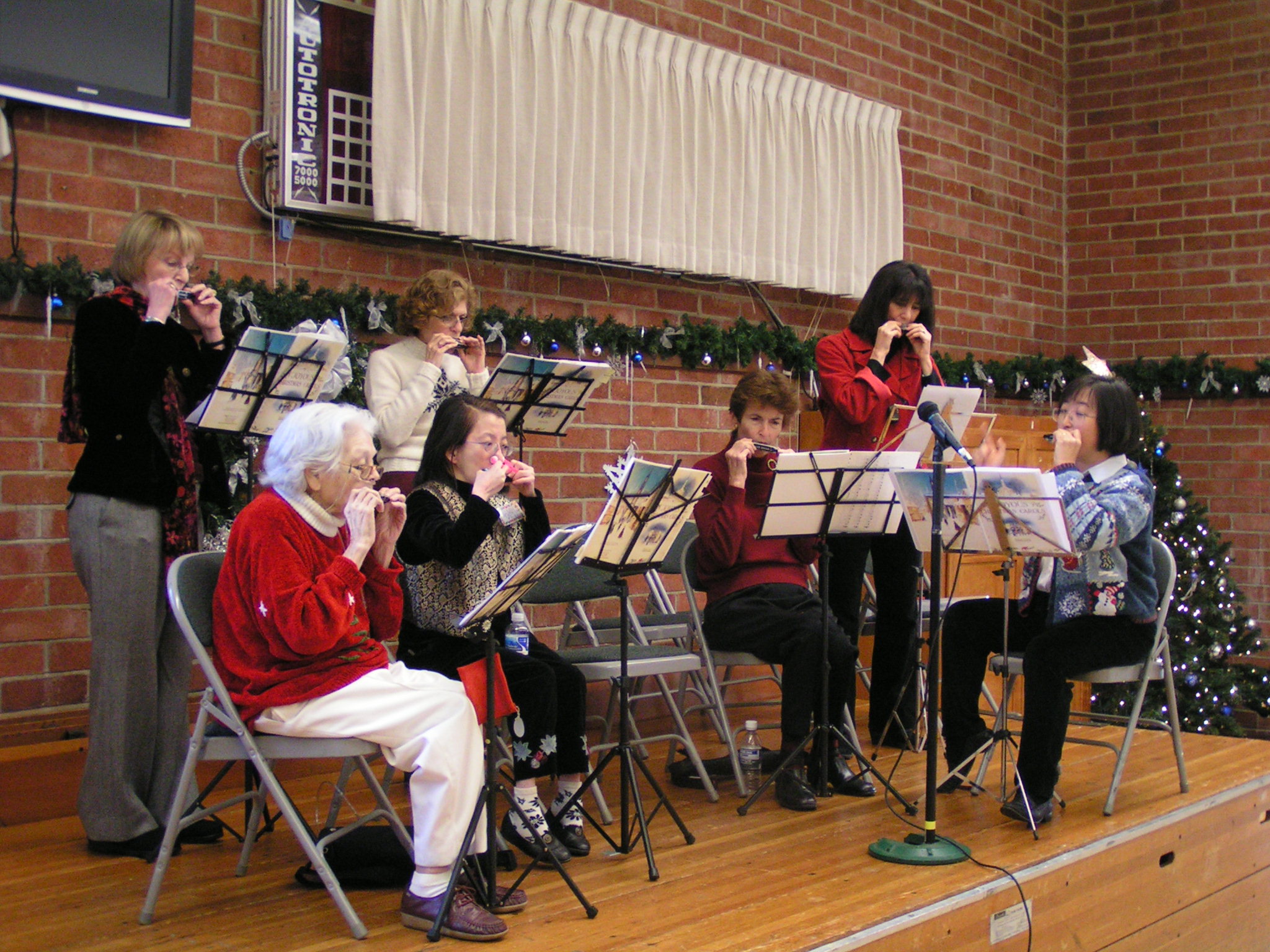
"I appreciate the gift of life more than ever."
"I also would love to live long enough to see my boys grow up to make positive contributions to the world and to be happy in their lives."
"I named my older son Hideyo, meaning 'Excel in the world,' and my second son Koji, meaning 'To plant happiness' in Japanese."
"I hope that the boys will grow up to live up to their given names."
You can learn more about Juri from her website-

Good actions give strength to ourselves and inspire good actions in others. -Plato
December 10, 2009

Born and raised in Tokyo, Japan, Juri was given a early taste of the importance of adaptability at an early age. At age 12, she abruptly switched from Japanese public school (where she only knew how to speak Japanese), to an international Catholic school, where English was the main language of instruction.
"I remember the first day of school, when I was thrown into this completely foreign environment where I did not understand a word that was being spoken to me," she remembers.

"However, here at this unique setting, I was able to cultivate respect and appreciation for the different lives and cultures of people from all over the world. I also remember vividly how hard I had to work to make up for 12 years of inherent language gap. It was a challenge."
As a young child, she showed a propensity to always want to serve and help others. "I took buses and trains all over Tokyo on my weekends to volunteer at an orphanage, senior homes, and for children with physical and mental challenges."
She came to the United States in 1981 as a foreign student at UCSD, where she studied Chinese language and music performance as a minor and Cognitive Science (with emphasis on computer science) as a major. After graduating, she returned to Japan to complete her bilingual education at an evening vocational school, training to become a simultaneous interpreter.
"This was again a very unique school where you could only pass the class if you could spit out Japanese from your mouth while reading Time and Newsweek magazines in English with your eyes," said Juri.
"The training also went the other way where you take a Nikei newspaper in Japanese and interpret that into English."

She returned to the United States and met Ken Kameda on a blind date in 1989. They dated each other while going to Kendo practices (Japanese style fencing).
"When we could no longer keep a straight face, going against each other and bursting into laughter, we knew we were in love." said Juri.
They were married in May of 1990. Their son Hideyo was born in 1991. They then welcomed another son, Koji, in 1993.
For most of her adult life, she worked in many diverse positions including as a language interpreter, a reporter for a Japanese computer magazine, as well as a software developer consultant for Silicon Valley companies such as Adobe Systems, Microsoft, and Apple.
"My specialty was developing computer typefaces for Japanese fonts which contain about 8000 kanji characters as opposed to 26 letters in English.
"I always seem to like the bigger challenges that had to do with enormous problem solving exercises."
But, it was a frightening life experience that changed Juri's career path.

"My younger son, Koji, was born apnic and 7 weeks premature, needing ventilator support for the first couple of weeks of his life," Juri shared.
"Soon after his birth, my older son Hideyo, developed severe asthma where he would turn blue. I would often have to dial 911 and would then be frequenting the ER. Eventually both of my sons developed asthma.
"I realized that I had so much experience caring and learning to manage my son’s asthmatic episodes.
"I thought that it would be more rewarding to be able to help other people as a healthcare professional than developing a piece of software behind a computer screen.
"I wanted to provide services that would directly impact and improve the quality of people’s lives."
In 2002 at age 40, she decided to hit the books along side her boys (then ages 8 and 10) and went back to school to become an Respiratory Therapist.

In June of 2004, she successfully graduated from Foothill College Respiratory Therapy program with honors and also was the oldest female to be graduating that year.
Unfortunately, her new career would be short-lived.

In hindsight, her first symptoms of mild weakness likely started around the same time that she had returned to school.
"I had a reduction in my right hand grip, began experiencing difficulties opening a jar, and feeling a bit strange with objects slipping through my hand," recalls Juri.
She began working at Stanford University Hospital on the adult general floor, ICU and ER. Eventually, helping nurses reposition adult patients was getting too hard for her. Not knowing what was really going on with herself physically, in April of 2005, she switched to working part time at Lucile Packard Children’s Hospital while working full time at a long term residential care facility called Children's Recovery Center, in Campbell which cared for infants and young children with life threatening complex medical needs. "Ninety percent of the kids there had been on a life support system where the portable ventilators were assisting them to breathe and to live," said Juri.

"My local neurologist suggested that I start a physical therapy regimen since I may have carpal tunnel syndrome. By around the summer of 2005 (after suffering from a rotator cuff injury to my right shoulder while helping move a patient) I decided to have surgery. Almost right after the surgery my symptoms worsened. What had started as right hand weaknesses eventually spread to both arms, neck, torso, and finally affected my breathing muscles."

By January of 2006, she was diagnosed at the ALS Center at UCSF with a variant form of ALS called Progressive Muscular Atrophy (PMA) which is a slower progressive form of ALS. "Technically I have a lower motor neuron onset leading to severe wasting and weakness in the muscles with losses of reflexes in the affected areas. PMA can also progress to a more aggressive form of ALS.
"It's unfortunate that my Mom got this disease. There is a lot more work and things that have to be taken care of," said her son Koji.
"It seems that it's much harder for Ken to express his feelings about my diagnosis into words," Juri said.
Ironically, what Juri experienced working in the field as a Respiratory Therapist for only about a year and a half with patients gave her a unique glimpse of what it is to live fully and actively with serious respiratory challenges.

"In retrospect, all of the patients who have crossed my path, both big and small, have taught me a life’s important lesson on having the courage and perseverance to press on with my life."
Though no longer able to work in the field, she was able to publish a pamphlet on Bi-level breathing therapy for ALS patients through ALS Association (ALSA), with the help of another respiratory therapist at UCSF. She also showed courage to speak at Greater Bay Area Chapter sponsored support groups about the benefits of this therapy. "As a result of the experience, I myself started going to San Jose support group ever since. It has been indispensable to me for living well with ALS."
"The support group is a safe place where you can ask anybody anything about ALS. One of the support group members has twenty years of experience living with ALS, and I look up to her."

"I also look forward to professionals that our Regional Care Manager invites to speak geared specifically for ALS. We have had Occupational Therapists, Speech Therapist, Respiratory Therapist, mobility van specialist, adaptive home remodeling specialist, etc."
"Ken has gone to support group with me. He is an active participant pitching in to help other caregivers with his own experience."
Her team, Juri's Go Getters, gathered for the 2008 South Bay Walk to Defeat ALS to show solidarity in their desire to conquer this disease, and to show others that they are not alone in this fight.

In 2009, she decided on a new and perhaps the most challenging career in her life: advocating for people with ALS and spreading awareness of this disease. Juri and Ken both decided to continue their commitment by participating in Advocacy efforts from Sacramento to Washington DC.

"I have been able to talk directly with members of the House of Representatives and Senate People suffering with ALS do not have much time. We need more funding for research to find a cure now."
It is a bittersweet opportunity for Juri and Ken to work together today. "When I married Ken, my sweetheart and my soul mate, we had this favorite card that read, “Grow old along we me, the best is yet to be," (Robert Browning).
"My biggest regret for having this disease is not being able to be as adequate of a mother or a wife that I could have been. I hope there will be a cure for ALS very soon. I already miss things that we are no longer able to enjoy doing together, but if someone asked me now, what makes me keep on going, I would say to them that it is my husband’s loving and caring." heart for me and my love for him that makes me want to keep on going."
"I consider myself lucky to be able share my experiences with others battling this disease, in particular with regards to the use of non-Invasive ventilator machine. Using my breathing machine for 3.5+ years on a regular basis, I believe, has truly allowed me to maintain a good energy level, improve my quality of life, and possibly extend my life by a few years..."
"I now have a hard time with daily living activities such as bathing, clothing, and feeding myself, as well as walking without leg cramps. The list goes on and on..."
"Fortunately, I seem to have more friends that care for me than I did when I was healthy working 50+ hours. I also have a greater appreciation of life. What makes life enriching and beautiful is not necessarily the quantity of time here on earth, but quality of time spent in relationships with people that are important to you."

"I appreciate the gift of life more than ever."
"I also would love to live long enough to see my boys grow up to make positive contributions to the world and to be happy in their lives."
"I named my older son Hideyo, meaning 'Excel in the world,' and my second son Koji, meaning 'To plant happiness' in Japanese."
"I hope that the boys will grow up to live up to their given names."
You can learn more about Juri from her website-